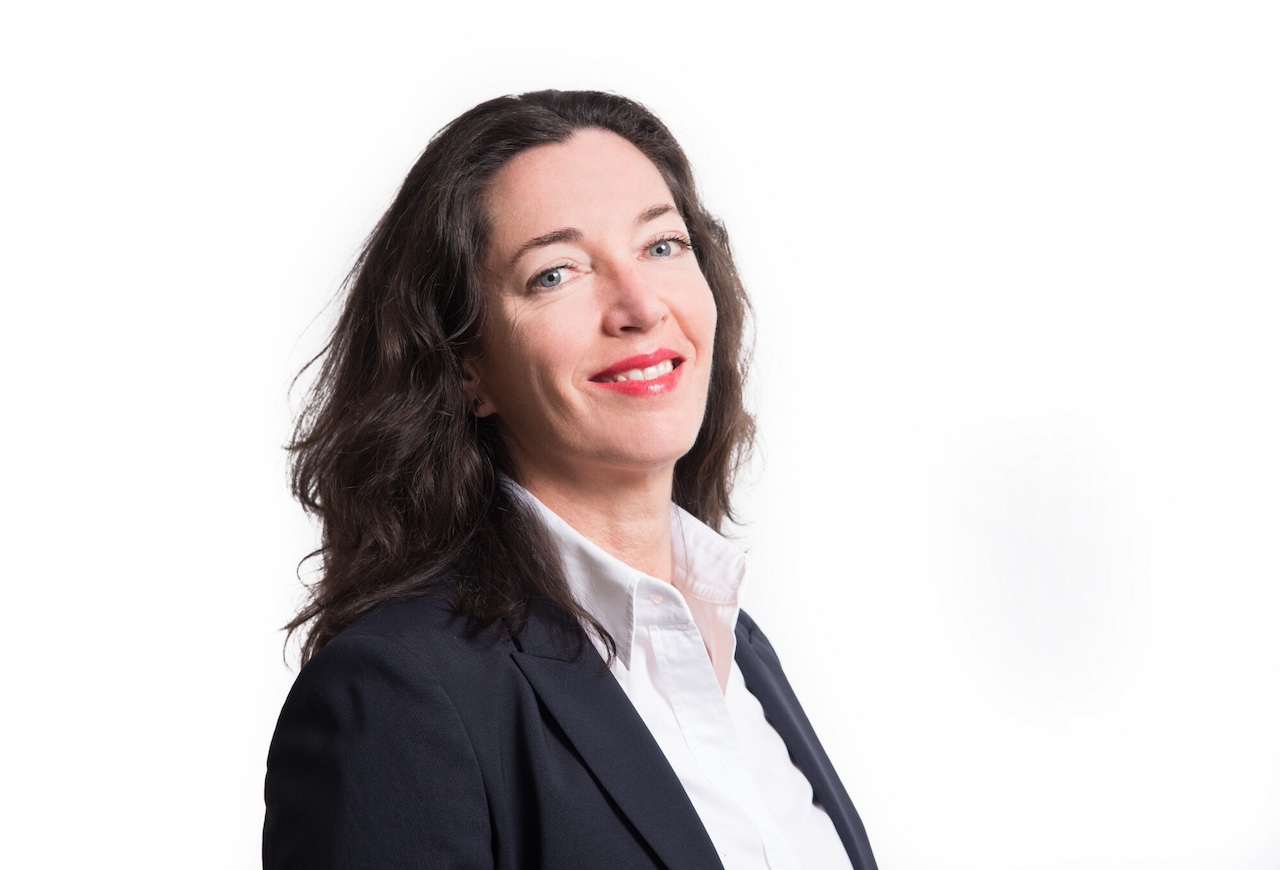CEO of BlueOrchard Finance and impact head at Schroders Capital shares her vision for impact investing and where she sees the greatest opportunities.

Maria Teresa Zappia appears to wear her three job titles quite lightly. Having joined BlueOrchard in 2008 to manage its investment team, she now boasts the triple title of chief impact and blended finance officer and deputy CEO of BlueOrchard, as well as head of sustainability and impact at Schroders Capital.
Born in Sicily, Zappia grew up in Florence and went on to study economics when she became interested in development economics in emerging markets.
Zappia’s career then took her from the OECD Development Centre in Paris to later working across Asia. She eventually moved to Geneva to join BlueOrchard, a firm whose mission was to lend to microfinance institutions in emerging markets, as well as support smaller enterprises.
“I come from an investment background, but I’ve always done this with a strong focus on emerging economies and a developmental focus. So, in a way you could rephrase that as being an impact investor,” says Zappia.
However, Zappia adds she never saw herself as seeking out impact opportunities at the time, but as someone seeking investment opportunities within a specific context.
Market-building
BlueOrchard was acquired by Schroders in 2019. Since then, Zappia has focused her efforts on leading the blended finance and impact focus within the firm’s mandates.
Speaking from Schroders’ London office, Zappia explained that the acquisition led her and the team to think more about the potential of being both sustainable and impact investors across different asset classes, within a much larger asset manager.
“The first thing we did was almost go back to square one and create an investment and management framework that can cater for a mainstream asset manager,” Zappia says.
From there a decision was made to focus on developing global product offerings which could go a step further than sustainable strategies and had the potential to have an impact on people and planet, Zappia explains.
“We spent a lot of time on developing the impact process and toolkit as well as growing a dedicated impact team,” adds Zappia.
Investor demand
Currently, Zappia says she is seeing a lot of demand from investors who want to pursue an impact objective within infrastructure debt.
Additionally, she says existing private equity investors such as insurance companies and pension funds are increasingly requesting Article 9 mandates.
Zappia adds investor demands are taking a more thematic approach and sees an increase in clients requesting funds with a climate solution focus.
In terms of major changes within the impact investment market, Zappia notes that greater cohesion and standardisation in impact measurement has led to more uniformity which has been positive for the sector. However, she still finds people confusing sustainable and impact investing frustrating.
‘‘I often see a confusion that a thematic investment is by definition an impact investment, which is not the case, not unless you have a set of impact KPIs that you are tracking,” says Zappia.
“Another issue that still strikes me is that there is still an assumption that if you are good at delivering impact, you’re not good at delivering financial performance,” she says.
Zappia says her approach in tackling this misconception is to address the elephant in the room when she first approaches investors by saying Schroders’ goal is to look for investment opportunities which deliver financial returns as well as impact.
“If you were to ask me what I would love to see change in the next five years, it would be not to have to start off meetings with the usual statement on financial versus impact returns.”
Looking back over some of the more fundamental changes within impact investing over the years, Zappia said she is struck by the marked increase in investor commitments to climate initiatives such as the transition to net zero and the Paris Climate Agreement. Something which she adds makes it harder for asset owners not to be seen to move more capital towards impactful mandates.
“You could still be sceptical and say there is a discrepancy between the communication on this. Where you see commitments of billions turn to the allocation of millions, but I still see this as a positive trend in the market.”
A trend, which Zappia adds is evidenced by the increasing number of pension funds moving their assets towards more impactful strategies.
“These are decisions we are seeing being made from the top down at a strategic level. But also, when you talk to institutional investors, they tell you the demand is coming from their own membership base,” Zappia says.
Looking ahead, Zappia says that while firms are now developing portfolios around nature solutions, she still feels the market has a long way to go on what needs to be done around biodiversity and climate mitigation.
“If you think about the assets that need to go to nature-based solutions, you could say that we’re just scratching the surface.”
Earlier this month, Schroders published its first impact report, which was a culmination of investment and integration following its acquisition of BlueOrchard five years ago, resulting in the development of Schroders’ proprietary Impact framework.
Zappia adds that part of developing the report involved aggregating data from all impact strategies across both Schroders and BlueOrchard, which she believes is revolutionary and has not been done in this way before.
“The one thing that is key for us is that we want to scale our impact offering but we want to do this with integrity and rigour,” Zappia concludes.


